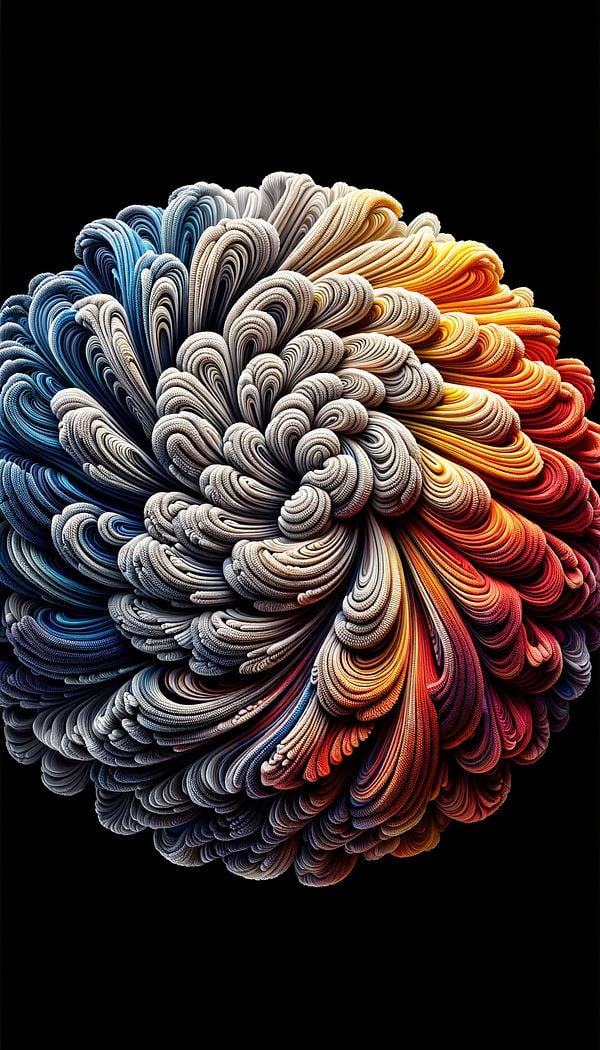What is Crocking?
Crocking refers to the rubbing off of color from one material onto another.
Description
Crocking is a term used in the domain of interior design, specifically relating to textiles and upholstery, to describe the phenomenon where color from one material transfers or rubs off onto another surface. This typically occurs when dyed fabrics are subjected to friction. Crocking can happen in both wet and dry conditions, but it is more common and pronounced when the materials are damp or wet.
Understanding crocking is crucial for interior designers and homeowners alike, as it affects the longevity and appearance of textiles used within a space. Materials prone to crocking might require special care or treatment to reduce the risk of color transfer. Furthermore, in designing a space, choosing fabrics with high colorfastness can prevent issues related to crocking, maintaining the aesthetic appeal of interiors over time.
Techniques like fixation and the application of fixing agents are commonly used in the textile industry to improve the colorfastness of fabrics and thus minimize crocking. These solutions are particularly important in items that undergo frequent use or come in regular contact with users, such as sofas, cushions, and curtains.
Usage
In a practical scenario, an interior designer might avoid selecting a brightly colored fabric for a heavily used sofa in a sunny room, knowing that the combination of friction and sunlight exposure could accelerate crocking. Instead, they might opt for materials known for their colorfastness or suggest the application of a protective finish to the fabric to combat potential color transfer issues.
FAQs
-
Can crocking be prevented?
Yes, crocking can be partially prevented through the application of fixatives or by choosing textiles with high colorfastness. Regular care and gentle cleaning can also minimize color transfer.
-
Does crocking occur in all types of fabrics?
Crocking can occur in a wide range of fabrics, but it is more common in those with poor colorfastness. Natural fibers and heavily dyed materials are typically more prone to crocking.
-
Is crocking a sign of poor quality fabric?
Not necessarily. Crocking can happen due to several factors, including the type of dye and dyeing process used. However, high-quality fabrics often undergo treatments to increase colorfastness and reduce the likelihood of crocking.
Practical Application
When selecting fabrics for interior design projects, consider their intended use and potential for crocking. Opt for materials with good colorfastness ratings and, if possible, apply protective finishes to fabrics prone to color transfer. This consideration will help ensure the longevity and beauty of interior textiles.
-
Accent ColorAn accent color is a color used sparingly to add vibrancy and interest to a room.
-
GlyphA glyph is a unique visual representation of a character, including letters, numbers, or symbols, usually in a specific font or style.
-
ColorfastColorfastness refers to the resistance of a material's color to fading or running.
-
CushionA soft, padded textile item designed for support or decoration.
-
Carlton TableA Carlton Table is a versatile piece of accent furniture characterized by its distinctive crossed-leg design.
